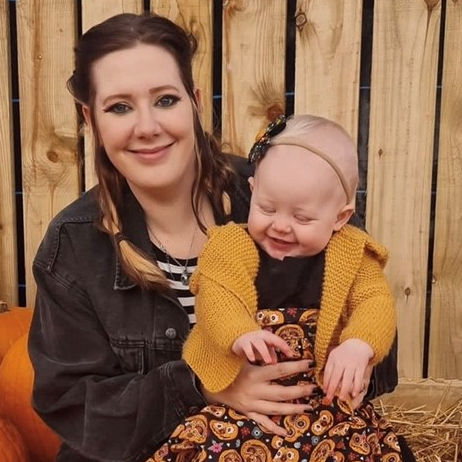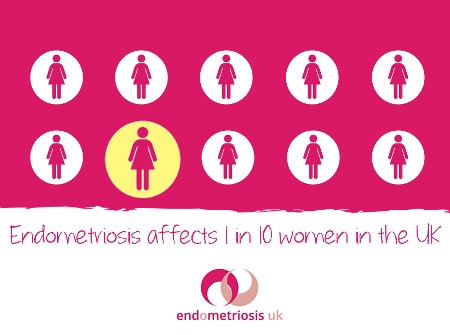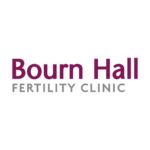It is estimated that between 2 and 10% of women within the general population have endometriosis and that up to 50% of infertile women have endometriosis. However many women are still unaware of the condition.
Women with endometriosis often have severe symptoms and a significantly reduced quality of life, including pain or discomfort and anxiety including depression.
The majority of women with endometriosis will be fertile and many of those with fertility issues can be helped with IUI (with timed intercourse) or if there is tubal damage with IVF (where eggs are collected, mixed with sperm and a resulting embryo transferred to the womb.)
What is endometriosis?
Endometriosis is a fairly common condition. The tissue that lines the inside of the uterus is called the endometrium, and this is normally shed each month during menstruation.
This tissue is sometimes found in abnormal sites within the body, outside the uterus, usually in the ovaries. When menstruation takes place, these abnormal sites also bleed, but as the blood cannot escape anywhere, it causes pain and a collection of old altered blood (sometimes referred to as a “chocolate cyst”) in the ovary.
Occasionally endometriosis causes no symptoms at all, and the condition is diagnosed only at surgery. More often, however, it causes severe lower abdominal pain, especially during menstruation (which tends to be heavy), and severe discomfort during sexual intercourse.
Women with endometriosis who become pregnant, either naturally or by IVF, often find that their symptoms disappear rapidly. This is because of the natural cessation of menstruation during pregnancy, and also because the high level of progesterone secreted during pregnancy tends to “burn out” the sites of endometriosis.
Types of endometriosis
The European Society of Human Reproduction and Embryology (ESHRE) has February 2022, issued new guidelines for diagnosis and treatment of endometriosis. This includes a definition of the types of endometriosis Stage 1 – 4 where one is very mild and 3 – 4 where there is extensive scar tissue (adhesions) between the uterus and bowel and around the ovaries and fallopian tubes.
These categories are helpful as they indicate the treatments that may be most effective, but some of the words used may be unfamilar.
Adhesions – this is a band of scar tissue that joins two surfaces of the body that are usually separate. The symptoms may be worse by an increase in hormone levels at certain times in the cycle, particularly just prior to and during the woman’s menstrual period.
Lesions – damaged tissue
Perineum -the area between the anus and the vulva
Peritoneal – this is the tissue that lines the inner walls of the abdomen and pelvic cavity
Endometrioma – chocolate coloured cysts containing dried blood.
There are three sub categories of endometriosis.
- Peritoneal endometriosis: this is the most common type of endometriosis where a thin film of tissue cloaks the inner surfaces of the pelvic cavity. The lesions are flat and shallow
- Ovarian endometrioma: This is less common and occurs when cysts in the ovaries are filled with old blood and there is tissue in the abdomen.
- Deep endometriosis: the rarest subtype of endometriosis is deep endometriosis, where there are thin, deep lesions in the tissue underlying the peritoneum
Endometriosis and fertility
For women with peritoneal endometriosis or ovarian endometriosis studies have shown that removal of the tissue can enhance the chance of natural conception. There is no strong evidence that surgery can help increase fertility for those with deep endometriosis.
For those with fertility issues, IUI (intrauterine Insemination) six months after surgery can increase the chances of pregnancy. IUI is where the ovaries are stimulated to release a mature egg and partner’s sperm is injected into the uterus at the right time.
However, IUI is not an option when the tubes are blocked or the woman’s partner has a low sperm count, this is when IVF is the better option.
Endometriosis and nutrition
The new ESHRE guidelines includes a review of several studies that have looked at the impact of diet on endometriosis. It found that women that made changes to their diets such as reducing gluten and dairy products and increasing fruit, vegetables and fish reported decreased pain and fatigue. In particular, studies have shown that omega-3 fatty acids have a positive effect, reducing pain intensity and duration. These dietary changes also boost natural fertility so would be good measures for someone trying to conceive.
More information about endometriosis
The ESHRE Special Interest Group Endometriosis and Endometrial Disorders has recently updated its guidelines, which are aimed at clinicians and offer best practice advice on the care of women with suspected endometriosis, including diagnosis of the symptoms and treatment for both relief of painful symptoms and for infertility due to endometriosis.
However, there is also a guide for patients written in plain English which contains a useful explanation of the condition.







